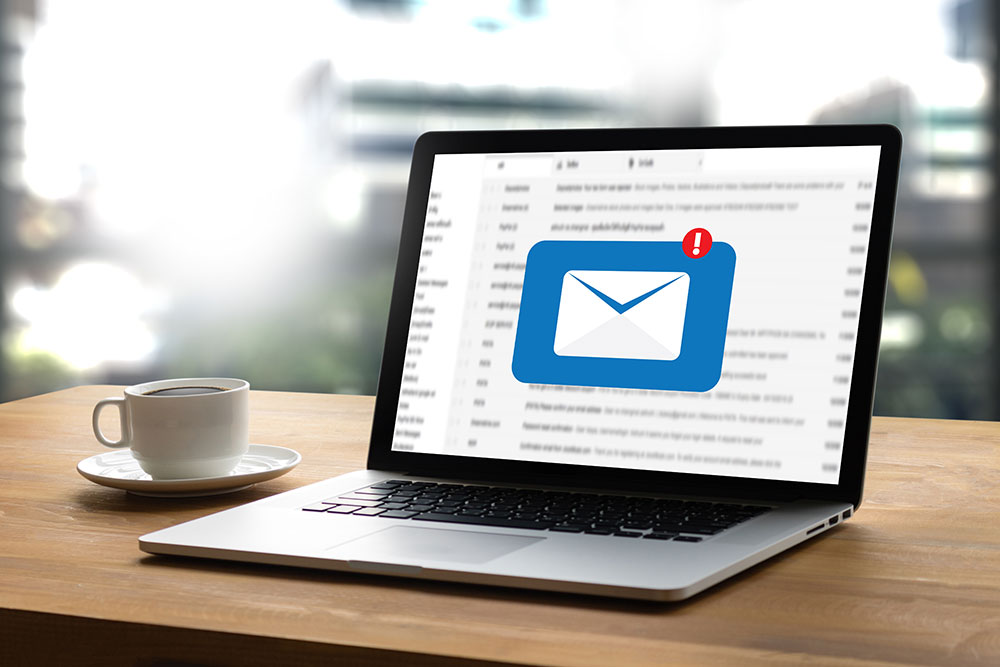Best Email Practices for Your Business

Email is one of the most cost-effective forms of marketing for your home improvement business. Experts estimate that, on average, every dollar you spend can have a return on investment of up to $42. This means, when done correctly, it can be one of the most valuable tools to help grow your home improvement business. Here are some of the best email practices to keep in mind when designing and carrying out an email campaign.
Create Strong Subject Lines
It doesn’t matter how well-written or great your email offer is if the homeowner doesn’t even open it. The subject line is one of the most important pieces of real estate in your email, so avoid using unnecessary words, making it too long, or not even writing one. Many marketers start with the subject line to help keep the email on topic. Some great techniques to use for a subject line? Ask a question, offer a deal, a limited-time sale, or make them personalized to the recipient (research shows this method helps increase your open rate by 26%).
Mobile-Friendly Design
The latest data shows that more than 46% of emails are opened on a mobile device. So, if your emails open or display incorrectly on a person’s phone or tablet, almost half of your recipients will not be able to read your email easily, possibly leading them to delete it or unsubscribe altogether. The data shows your clickthrough rate can increase by 15% for emails that are optimized for phones. Some ways to ensure your email will look great on a mobile device include a short subject line, only using a single column, using a good-sized font, and having a button for a call to action so it’s easy to see. It may also be helpful to send the email to yourself before sending it out to customers so you can see how it looks on your own device.
Test Email Components
Set a goal of what you’re trying to achieve. Have multiple ideas for an email but not sure what your audience is going to respond to the best? Here are the different factors that you can test in an email:
- Subject Line – Do you catch your audience’s attention?
- From Name – Is there a better response when it comes from your business or a person?
- Email Content – This can include the words, images, calls to action, links, etc.
- Send Time – Did you get a better response on a different time/day of the week?
After putting all the time into writing a great email, the last thing you want is a broken link, a spelling error, or a misplaced graphic. Read through the email multiple times and click on every link to ensure it goes where you’re intending. Before you send your email, send it to another person. Have them check how the email shows up on their device and have them click through everything to make sure it’s exactly how you want your customers to see it. As a guideline, the best time to send an email is between 9 AM and 11 AM. Additionally, most people check/open their email during the 9 to 5 workday, so if you can’t hit that two-hour window, you do have some wiggle room.
Be Consistent in Voice
There are numerous styles in which you can write your emails. The four main types include: descriptive (creating a vivid picture), narrative (telling a story with a beginning, middle, and end), persuasive (trying to convince the reader of something), and expository (to inform or explain something). Depending on the type of email you’re sending, one may work better than others. Most importantly, your email should sound like it’s coming from the same person in order to keep your brand consistent. If one email is super flowery descriptive and the next is straight to the point persuasive, that’s not going to reflect a strong brand voice.
Respond to Emails
We all know how frustrating it is when you can’t reach a company to ask a question or clarify some information. You need to make sure that there’s someone your customers can talk to via a reply, whether it goes to a specific employee or to an account that a designated team member checks often. When your customers know you respond to emails, they’re more likely to stay subscribed to your email list and keep that line of communication open.
Blog Archives
No posts for Feb, 2025




